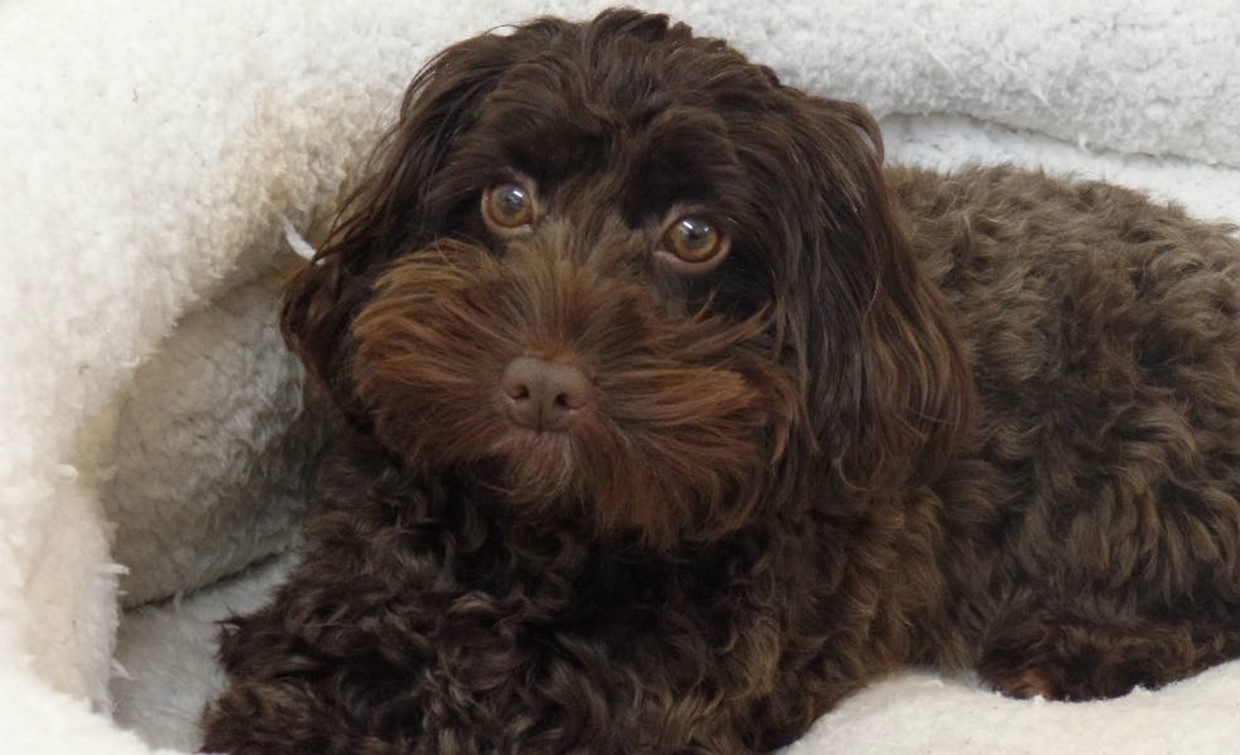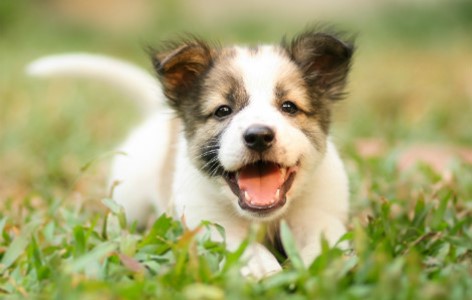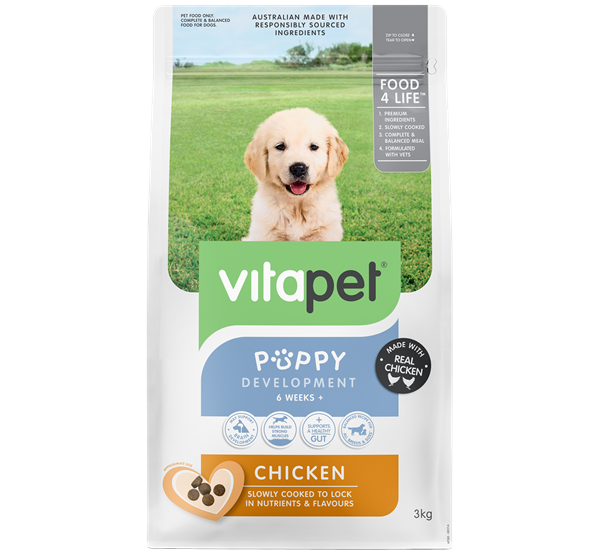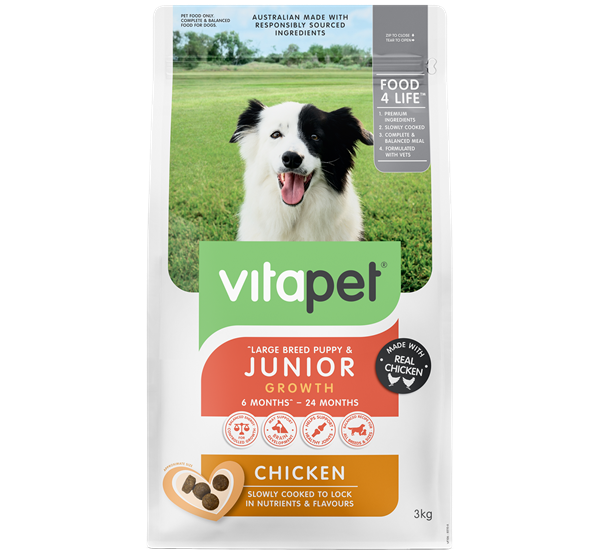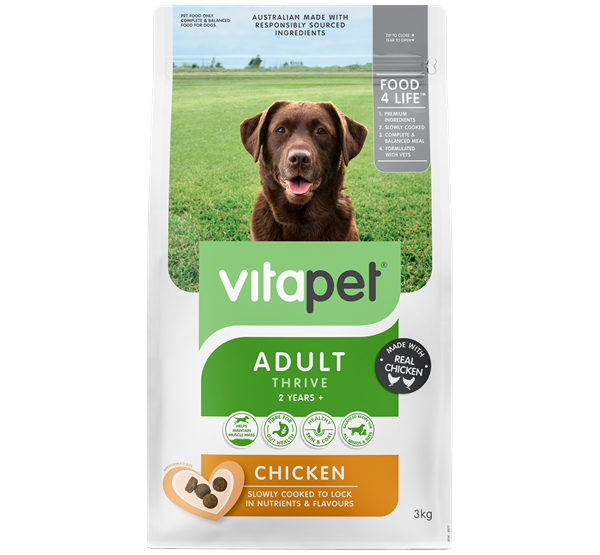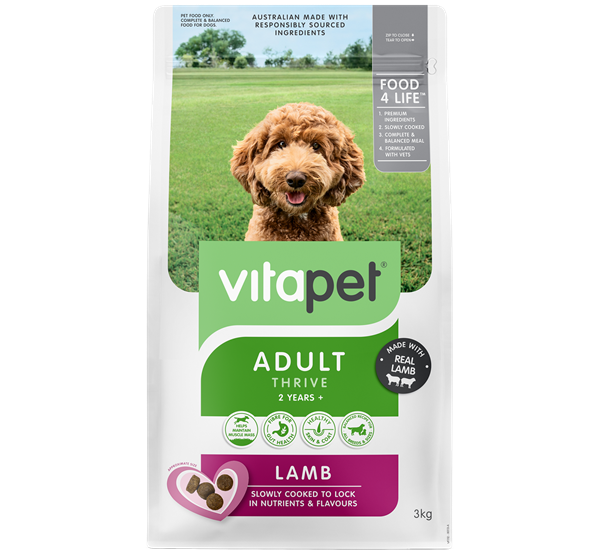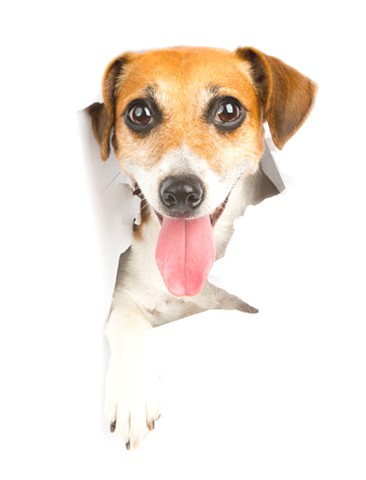Pet beds are a staple item for us all when sharing our homes with a four-legged friend. They come in many a shape and size, format and material, and perform many functions in the life of your pet.
Whether it be a doughnut bed, a memory foam pad, a cooling gel bed, a water bed, an igloo, a basket-bed, a raised ‘trampoline’ bed….. Below are some tips on finding the perfect bed for your companion:
- We know that there’s no better feeling than sinking into a comfortable bed at the end of the day, and judging from the behaviour of our pets, they feel the same. So one tip: aim for comfort! Some pet stores will even allow your dog to have a quick sit-and-try session in the store. When it comes to cats, take note of where they naturally like to rest, and replicate these features in a bed.
- Think about their posture… and know that his can often be a species-specific thing! Pooches that lie out spread-eagled are better suited to pad or mattress-style beds, while those who like to nestle in usually prefer a walled or basket-type bed. Sleeping positions tend to vary depending on the temperature, so it might also be worth having summer and winter beds in differing styles. Joint issues (commonly with age or chronic weight problems) including osteoarthritis can also affect sleep posture, so be sure not to restrict them from positioning their bodies to minimise discomfort.
- Consider the surface and material used:
- This relates to the points above, but also, remember that cooling surfaces might be sought after on some seasons and circumstances, and plush, warm ones at other times.
- Seeing as beds are likely to be used repetitively and for extended periods of time (think cats!), hygiene is a central consideration. Thinking dirt, mud and grime, a wipe-down or washable material is great. This is also an important point should your pet have an infectious condition, or parasites. Limiting re-infection/infestation and the spread of nasties is really important, and choosing a bed that can be cleaned and sterilised is central to this.
- Finally, durability should come into the equation too. Long-lasting materials may be more expensive, but they’re generally worth is for the extended lifetime you’ll get from the bed. We don’t want to be replacing these important pieces of pet-furniture every year, so let’s get smart in choosing for longevity, particularly if it’s an outdoor set-up.
- Position your dog or cat’s bed appropriately. The bed is a ‘safe place’ or a ‘nest’ for your pet, so ideally it should be placed in a quiet, out-of-the-way space, which isn’t disturbed by the thoroughfare of people and other pets, nor in a noisy or in any way displeasing surroundings, as judged by your pet. It shouldn’t necessarily be next to bowls of food and water, and definitely shouldn’t be near litter trays (for cats). Somewhere your pet can manage their contact with you and other members of the family is good, with a clear exit point, and of course clean, dry, well ventilated and not subject to extremes of temperature.

